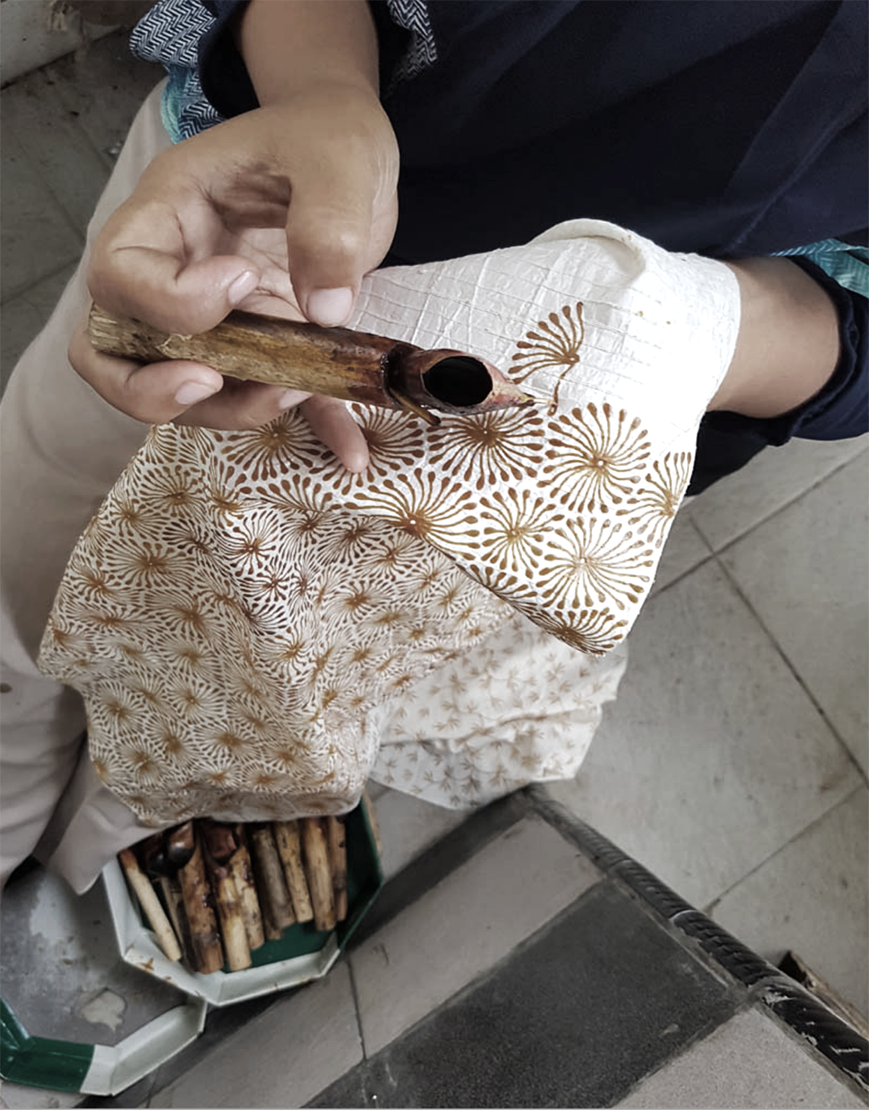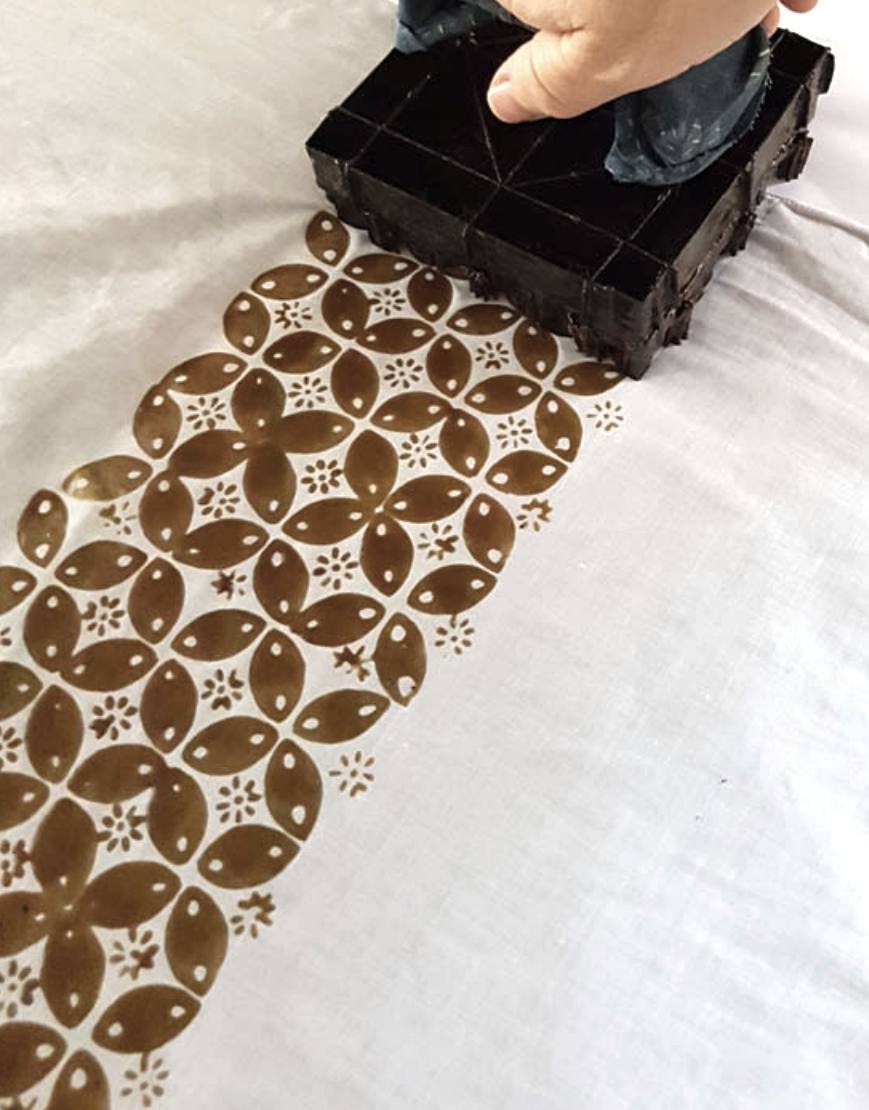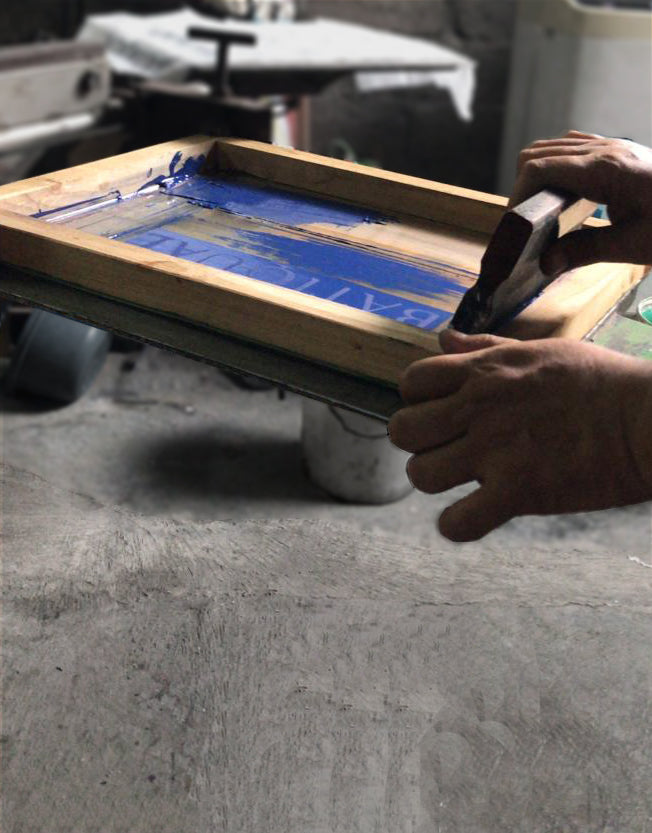The ubiquitous batik of Indonesia is as unique from one island to the next as the people themselves. Brimming with life, the motifs tell the stories of the islands and the people who create them.
The uniqueness lies not only in the artwork, but in the way the art is applied to fabric.
The essence of traditional batik is the use of wax to create the motifs. Once the wax-pattern is applied, the fabric is dyed with the first colour. The wax resists the absorption of the dye then the fabric is boiled to remove the wax, revealing the pattern in colour.
More wax is then applied to the fabric in another pattern to create new layers and colours in the artwork. Then the fabric is submerged for the second colour dyeing and so on, with each dip of rich natural colour revealing another element of the artwork.
The more intricate the motifs and the more colours that are used, the longer and more painstaking the process.
The way the wax is applied to the fabric is what gives each batik method its name.

Batik Tulis
'Tulis' (too-liss) in Indonesian means ‘to write’.
Batik Tulis is known as ‘the true batik’ and is the most labor-intensive; the wax is applied to the fabric by hand-painting the motifs using a bamboo instrument called a ‘canting’. The dye is brushed on to the fabric, which is then submerged in hot water to remove the wax. After drying, a second wax-drawing is done in new motifs, a different colour dye painted onto the fabric, and so on.
BATIQUAL’s batik tulis silk sarongs are made in a traditional community in the mountains of Bali. Our artisans use premium silk and cotton, and only natural dyes made from leaves and flowers to create colours of rich gold, iridescent indigo and earthy ochre.
Made entirely by hand from the wax-painting to the natural dyeing, every production of batik tulis is a one-off. Completely unique, each piece has a character that comes from the touch of the artists in the moment they create them, influenced by the particular flowers in the dye batch, the weather and light on the day or the mood of the artisan who brings it to life.

Batik Cap
A ‘Cap’ (chap) is a block stamp. Traditionally made from copper, the stamp is created by bending and forging copper into shapes, cutting them to size and attaching it piece-by-piece to a handle to create the pattern. Each cap is dipped in wax then stamped onto fabric. The fabric is then submerged in dye then boiled to remove the wax and reveal the pattern.
BATIQUAL adds more layers to this process to make it more complex and unique. The silk and cotton is first shibori or tie-dyed to create a background pattern and then the stamp is applied over the top before dyeing again.
Printing fabric with a cap is less labor-intensive than the hand-painting of batik tulis, but requires deft skill and patience to create perfectly aligned patterns on the cloth.

Batik Cetak
‘Cetak’ (cheh-tuk) means ‘to print’.
Rather than digital and en masse printing, BATIQUAL uses the traditional method of making large wooden-framed silk screens for each of our designs. The dye is dragged over the silk with a paddle, printing one colour at a time then going over the fabric with the second colour and the third. Each sarong is printed piece-by-piece with a unique border.






